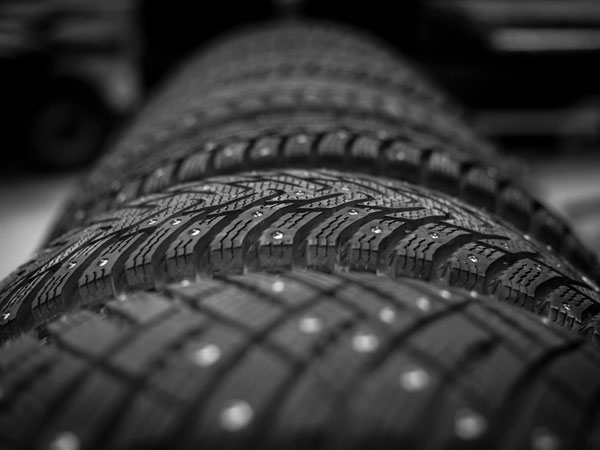According to an estimate, tyre wear particles accounts for at least half of the Swedish microplastics emissions. While tyre particles are actually rubber, they are often included in the definition of microplastics.
In 2017, the Swedish National Road and Transport Research Institute (VTI) was commissioned by the Government with developing and disseminating knowledge of microplastic emissions from road traffic and identifying instruments and measures to reduce emissions. The commission is to report to the Government no later than 1 June 2021.
“We see two overarching issues,” says Mikael Johannesson, VTI’s director of research in environment and transport.
“How great is the problem of exposure to microplastic particles from road traffic from an environmental and health perspective? And what cost-effective measures can we take to reduce the emission and dispersal of particles and their impact on the environment and health?”
Many downloads
The assignment was divided into various subprojects, which are now approaching completion. One important element early in the process was a literature review to compile knowledge of microplastics emitted by wear and tear on tyres and road surfaces. This was the first literature review of its kind and by April 2021 the English-language version had been downloaded more than 1,800 times.
In the review, the researchers reveal a need for further knowledge in a number of areas; among other things, studies need to be conducted of how tyre and road particles disperse and how different organisms are affected by various levels and types of particles.

When it comes to measures, these can be divided into at least two groups: those that reduce particle emissions, such as more frequent control of wheel balancing and tyre pressure or lower speeds and reduced traffic flows; and those that reduce the dispersal of microplastics, such as road cleaning or improving the treatment of stormwater and wastewater.
“But we need to evaluate the cost-effectiveness of various measures if we are to be able to prioritise them,” says Mikael Johannesson.
Seasonal wear and tear
One subproject has taken measurements on the streets of Gothenburg, revealing that tyre wear is greatest during the summer and lowest in winter, while for road wear it is the opposite. Another subproject used VTI’s road simulator to study differences in tyre wear and particle emissions within and between categories of tyre.
Read more: https://www.vti.se/en/research/environment/microplastics-from-road-traffic
Text: Johan Sievers/redakta
Translated by: Semantix AB

Contact:
Mikael Johannesson
mikael.johannesson@vti.se
VTI, Swedish National Road and Transport Research Institute






Follow us: